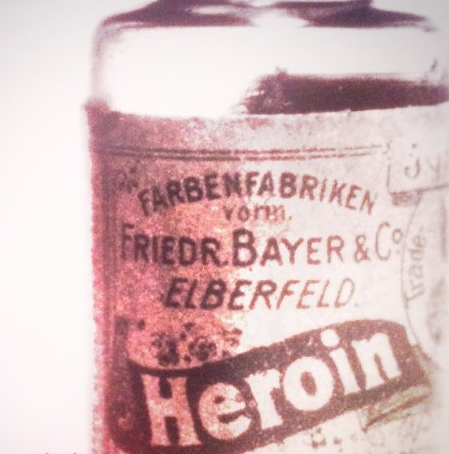
Striving for success seems like a very natural and healthy thing to do, and so does striving to avoid the opposite: FAILURE. Unfortunately it isn’t all that easy to avoid failure, but even more important: The urge to avoid failure is actually counterproductive. How companies react to success and failure is indeed related to how innovative the companies are. Non-innovative companies Read the rest of this entry »








